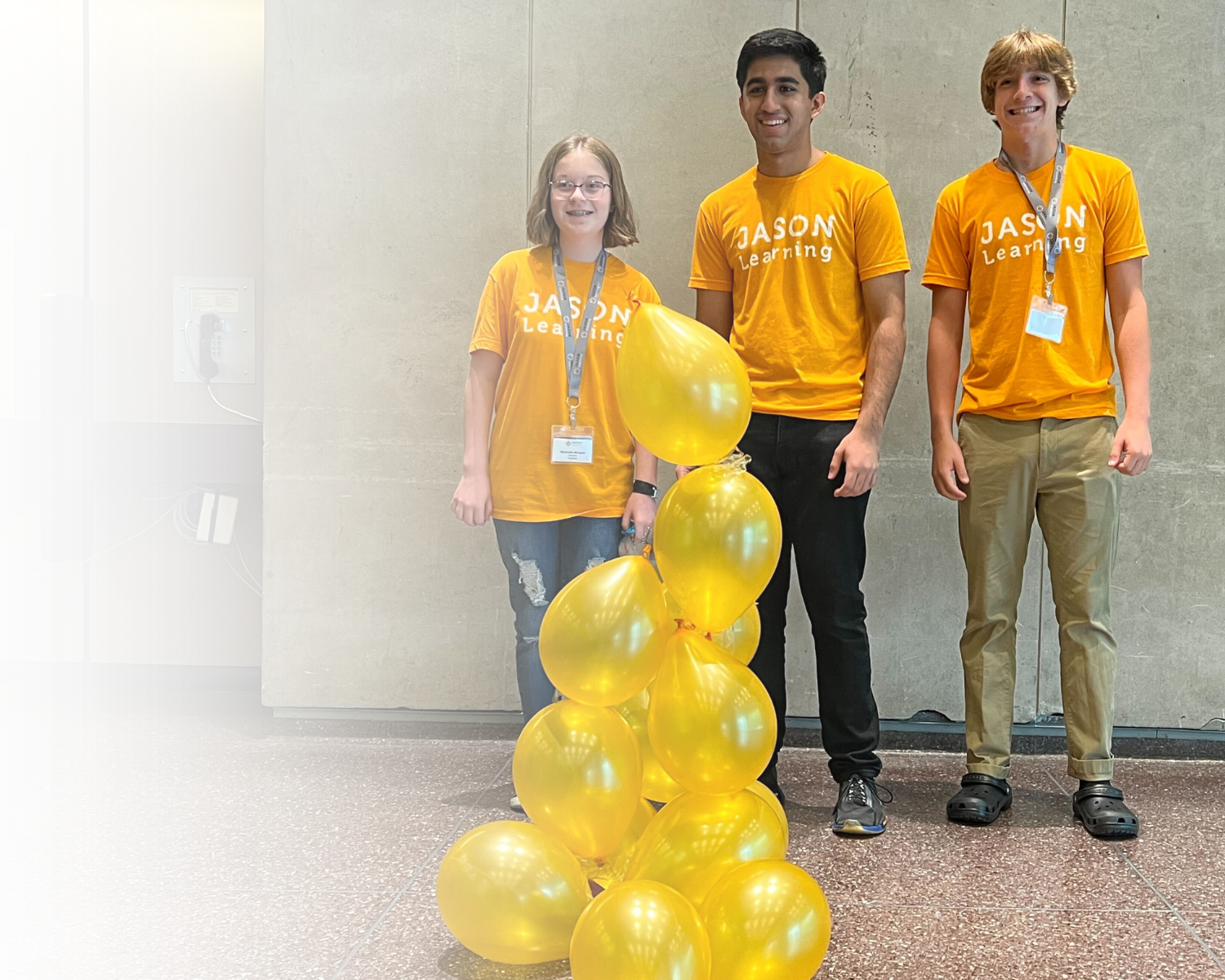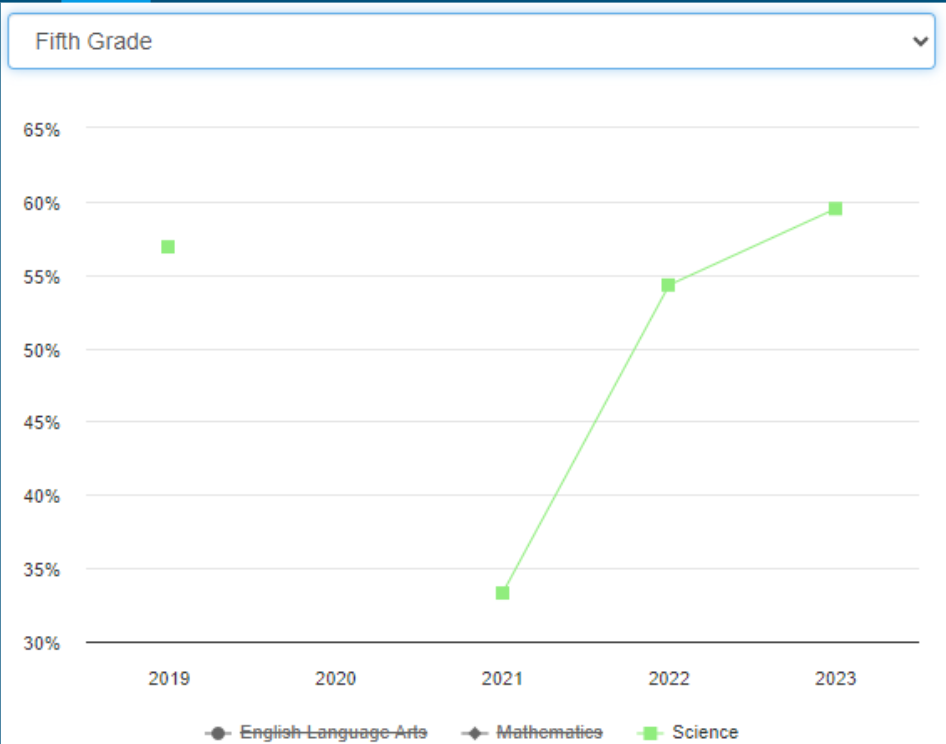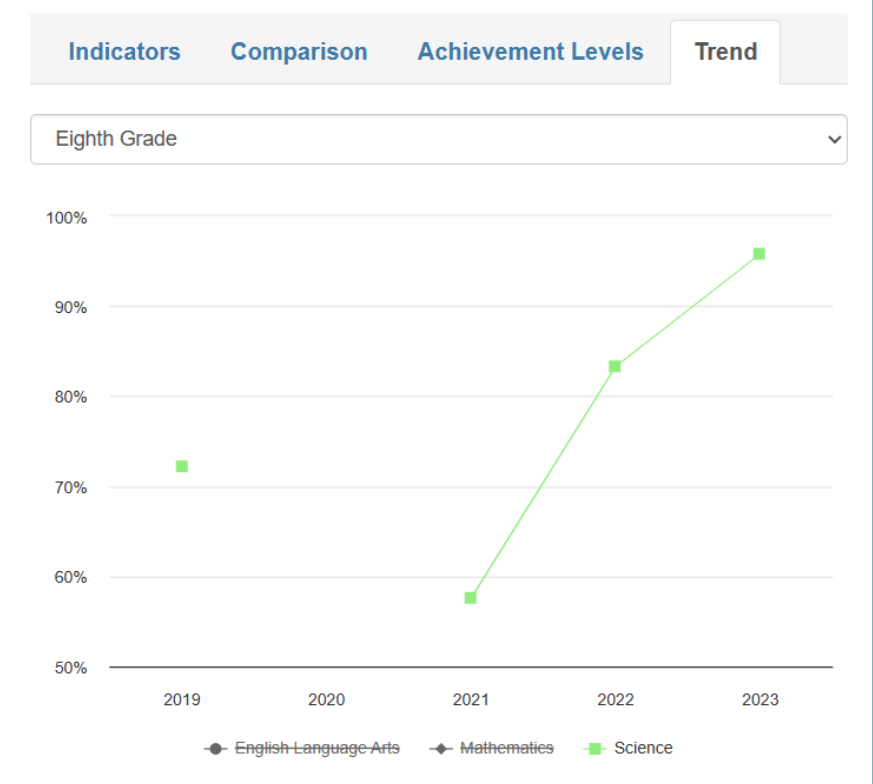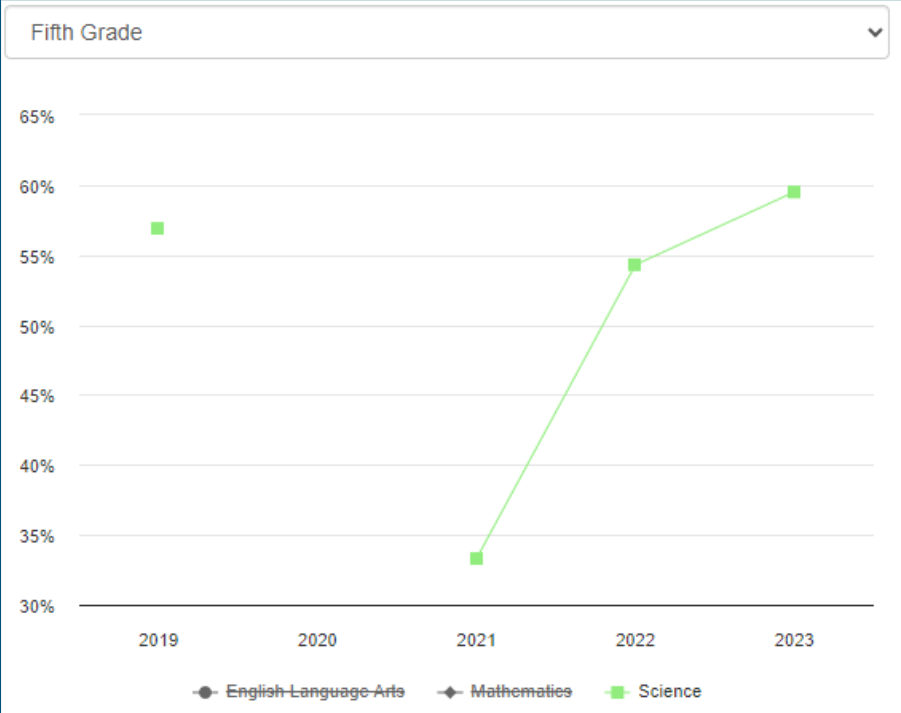“Using JASON Learning modules during instruction helped to increase students’ capacity to critically think using real-world examples.“
-Director of Diversity, Equity & Inclusion at Portsmouth Public Schools
Since 1989, JASON Learning has impacted and inspired millions of students and teachers through STEM education and exploration.
There is no other innovative, digital-first library of STEM curriculum and resources in the PreK-12 education market that engages students, teachers, and the community more than JASON. Over the last 30 years, JASON has progressed from satellite broadcasting to an innovative Digital Platform and currently reaches over 5 million students nationwide and engages them in STEM education and exploration. JASON does this through its hundreds of digital resources, experiential activities, and opportunities to solve real-world problems like climate change, broadband Internet access, and microplastic pollution.
Independent evaluation has proven that JASON’s approach significantly improves student participation, interest, and academic achievement, with the largest gains realized in under-represented and underserved student populations (Duke, 2014).
143
50
7
90
3,000
Impact Reports
These reports highlight our most recent impactful grant projects, supported by the U.S. Department of Labor and GO Virginia, that are transforming how students engage with STEM education and prepare for the workforce.
Through a grant from the U.S. Department of Labor (2021-2024), we developed curricula and hands-on experiences that equip students with the skills needed for high-demand careers.
Additionally, our ongoing GO Virginia projects (2021-present) in three different regions focus on strengthening regional economies by creating industry-aligned pathways.
JASON Learning's Impact in Ohio
Three Ohio school districts: Warren Local School District, Switzerland of Ohio School District, and Noble Local School District, benefited from a grant providing access to JASON Learning for 2021-2024. As evidenced by the impressive improvement in Science performance, JASON Learning’s STEM library is critical to instructional improvement and addressing and surpassing learning gaps due to COVID closures.
JASON Learning's Impact in East Baton Rouge, Louisiana
“Unless education in mathematics, engineering, and the sciences is made more effective for all students and more attractive to potential faculty members, and especially to the presently underrepresented [students], both the quality and number of newly educated professionals…will fall well below the Nation’s needs.” —National Science Board report (NSB, 1986, p. 2)
The Louisiana State University College of the Coast & Environment (LSU CC&E) developed a multi-faceted strategic initiative to increase its diversity, equity, and inclusion (full article linked here). Here’s how JASON Learning helped in this endeavor:
The Eva Legard Center for Coastal & Environmental Studies is a public school in Baton Rouge that opened in 2021. It caters to grades 6-12 students and integrates the coastal environment into its curriculum, activities, clubs, and events. LSU CC&E played a key role in launching the school, offering teacher training, curriculum support, field trips, recruitment assistance, and student/parent coaching—all designed to prepare qualified graduates for CC&E’s Coastal Environmental Science program. JASON Learning assisted the launch of this school by providing standards-aligned curricula and resources that align with the school’s scope and sequence and providing supporting professional development for educators.
LSU CC&E’s activities extend beyond Baton Rouge in collaboration with JASON Learning. Co-hosted by JASON and CC&E, superintendents from across the nation traveled to LSU in 2022 to attend AASA’s (The School Superintendents Association; https://www.aasa.org/) STEM Leadership Consortium workshop.
These are part of the longer-term approach to diversifying the LSU CC&E’s student body by increasing student interest in coastal and environmental studies at the middle and high school levels.
JASON Learning's Logic Model
This logic model presents a visual representation of what we do at JASON Learning and a road map of how our inputs and resources lead to impactful outcomes.
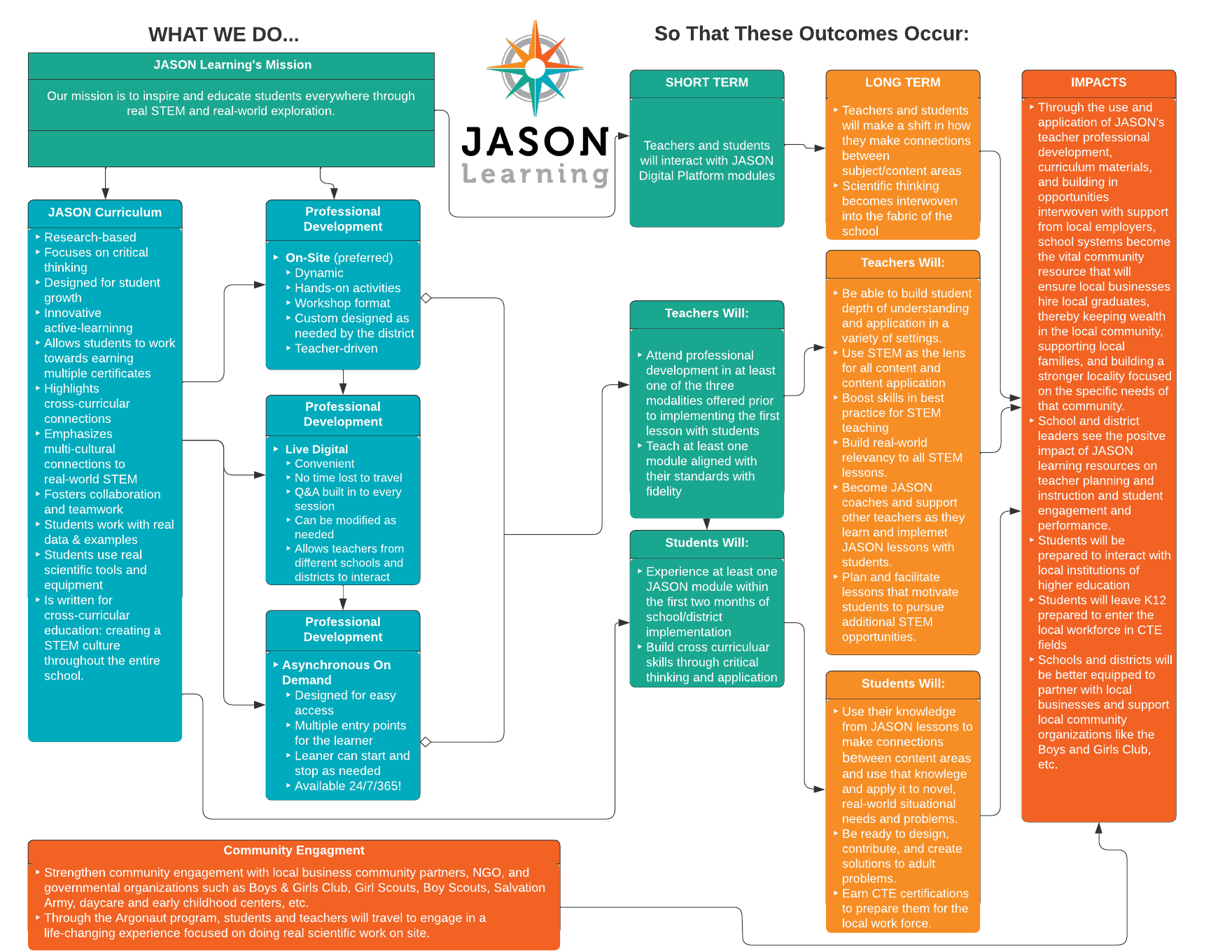
How Does JASON Increase Engagement in Learning?
- By enhancing student learning through active student engagement. Students who learn with JASON are learning through activities beyond writing, reading, and listening to immersive activities requiring collaboration and encouraging critical thinking.
- Giving every child no matter who they are or what zip code they live in access to STEM. JASON provides quality, integrated STEM education to all students, high-quality professional development training for all teachers, and exposing students to role models like them who have developed successful STEM careers.
- Creating curricula that align with national and state standards, which helps teachers seamlessly integrate our activities and lessons into the traditional curriculum.
- Making real-world connections within the material to deepen student learning. Teachers can connect the information within the activities to major concepts and principles of STEM and the arts as well as real-world events and issues. JASON’s lessons and activities are embedded into the traditional course curriculum.
- Engaging stakeholders to improve student learning outcomes. Community and parent involvement helps schools fulfill their mission to help all students succeed in school, which is why JASON allows schools to share access to JASON with community partners (YMCA, Boys/Girls Club, Boy/Girls Scouts, 4H programs, summer camps, etc.).
- Implementing experiential learning events to increase student participation. Schools can utilize JASON’s curriculum and resources to solve issues facing their local community, which will help students feel more personally invested in the material.
Throughout the 2022-2023 academic year, JASON conducted more than 50 professional development workshops, training over 2,900 teachers. Between October 2022 and November 2023, 3,220 educators across 280 school districts received professional development.
Notably, in Portsmouth Public Schools, where 85% of students come from low-income backgrounds, teachers who utilized JASON with fidelity saw significant academic improvements on the Virginia Standards of Learning (SOL) End of Course exams. One middle school science teacher, a JASON trainer, achieved a pass rate 15% higher than the district average.
Reflecting on this success, the teacher shared, “It means the world to me to see how JASON has helped me improve scores by feeding students’ interests in STEM while quenching their thirst for knowledge, which will assist them in having a life that is full of possibilities they never thought they could reach.”
